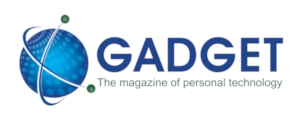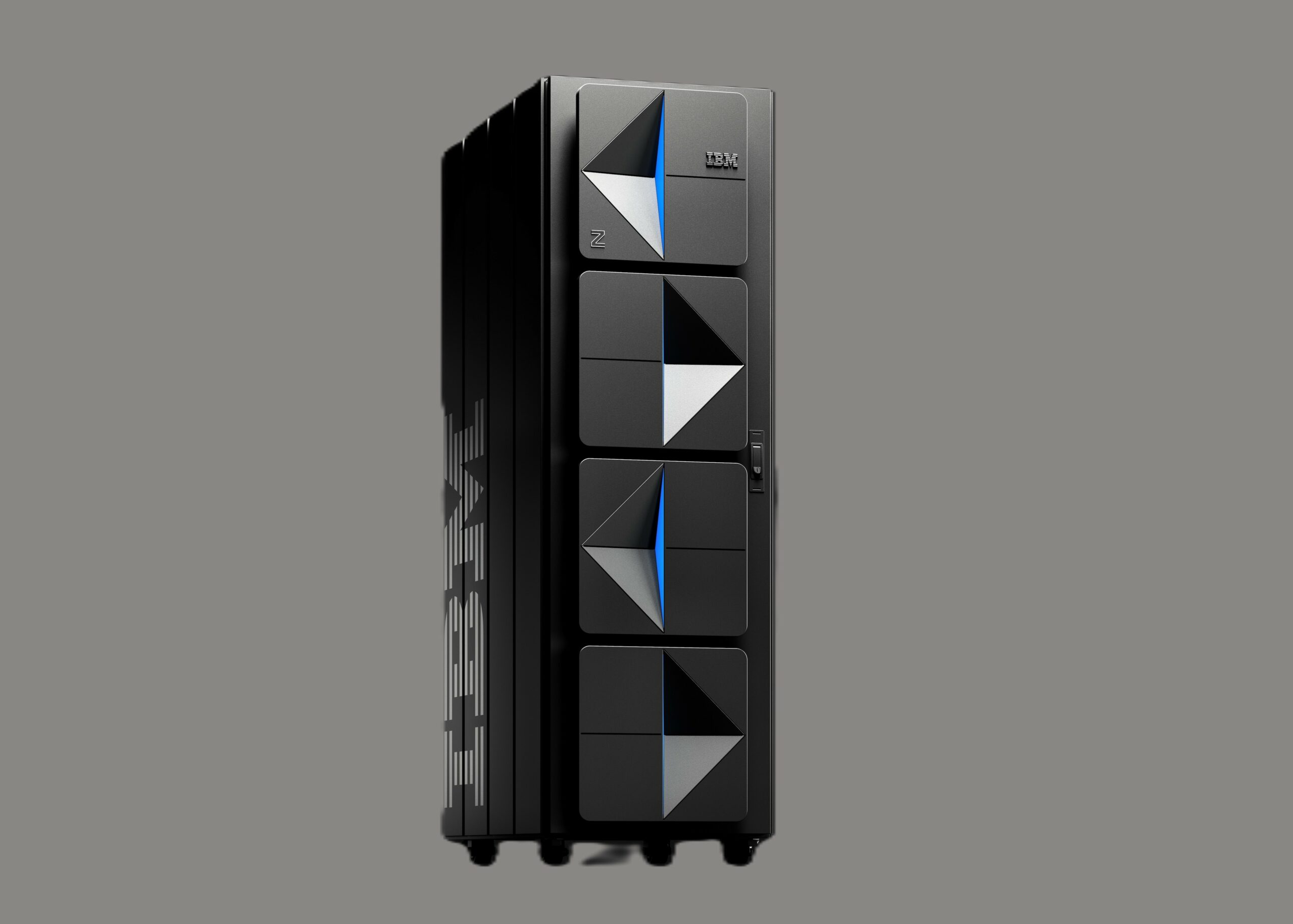Product of the Day
IBM unveils first AI mainframe
Powered by the Telum II processor, the new z17 supports more than 250 AI use cases, showing that the format remains relevant.
The venerable old mainframe has been dragged into the AI era. IBM has announced the z17, the next generation of mainframe, engineered with AI capabilities across hardware, software, and systems operations.
Powered by the new IBM Telum II processor, the z17 expands the system’s capabilities beyond transactional AI capabilities to 50 years later.enable new workloads. In the process, it shows that the mainframe format remains relevant more than 80 years after IBM introduced it.
IBM Z is designed to redefine AI at scale, positioning enterprises to score 100% of their transactions in real-time. The new z17 enables businesses to process 50% more AI inference operations per day than z16.
IBM says the z17 is built to drive business value across industries with a wide range of more than 250 AI use cases, such as mitigating loan risk, managing chatbot services, supporting medical image analysis or impeding retail crime.
The mainframe is the culmination of five years of design and development which included the filing of more than 300 patent applications filed with the US Patent and Trademark Office.
Designed with the direct input of more than 100 clients and in close collaboration with IBM Research and Software teams; the new system features multi-model AI capabilities, new security features to protect data, and tools that leverage AI for improving system usability and management.
These include:
- Bringing AI to data:z17 AI inferencing capabilities are powered by a second-generation on-chip AI accelerator built into the IBM Telum II processor, featuring increased frequency, compute capacity, a 40% growth in cache, enabling more than 450-billion inferencing operations in a day and one millisecond response time.
- Expanding acceleration for AI: The IBM Spyre Accelerator expected to be available in the fourth quarter of 2025 via PCIe card, will provide additional AI compute capabilities to complement the Telum II processor. Together, they will create optimised environments to support multi-model methods of AI. The Spyre Accelerator is specially engineered to bring generative AI capabilities to the mainframe including running assistants, leveraging enterprise data contained in the system.
- Leveraging AI to enhance user experience: z17 is designed to bolster the skills and efficiency of developers and IT operations with the use of AI assistants and AI agents, including IBM watsonx Code Assistant for Z and IBM watsonx Assistant for Z. In addition, watsonx Assistant for Z will be integrated with Z Operations Unite to provide AI chat-based incident detection and resolution using live systems data.
“The industry is quickly learning that AI will only be as valuable as the infrastructure it runs on,” says Ross Mauri, general manager of IBM Z and LinuxONE, IBM. “With z17, we’re bringing AI to the core of the enterprise with the software, processing power, and storage to make AI operational quickly. Additionally, organisations can put their vast, untapped stores of enterprise data to work with AI in a secured, cost-effective way.”
Joe Ruthven, zStack country leader, says: “South African financial institutions, like their global counterparts, are balancing a number of global challenges. By integrating AI-driven insights and automation, these organisations can now transform operations by simplifying and streamlining management, reducing manual effort and risk.
“The launch of the IBM z17 mainframe, which is fully engineered for the AI age, will empower our local clients to enhance customer service and operational efficiencies and drive meaningful business outcomes For example, our clients in the financial sector can now apply AI models such as fraud detections to all transactions rather than only to a subset, giving them the ability to detect a much higher percentage of fraudulent transactions.”
Fully integrated across hardware and software
IBM z17 is a system designed to integrate into hybrid environments by joining hardware innovations, software capabilities for AI, and rich support for open-standards and tooling.
This enables differentiated performance and reliability while reimagining how developers and systems operators engage with and manage IBM Z, including:
- Operating system for AI:IBM previewed z/OS 3.2, the next version of its flagship operating system for IBM Z, planned to be released in the third quarter of 2025. z/OS 3.2 is designed to support hardware-accelerated AI capabilities across the system and operational AI insights for system management capabilities. Additionally, z/OS 3.2 will provide support for modern data access methods, NoSQL databases, and hybrid cloud data processing. These new capabilities will help AI software tap into a broader set of enterprise data and derive predictive business insights.
- Unified IT operations: Also announced today was IBM Z Operations Unite, which brings together key performance metrics and logs from multiple sources across IBM Z, in OpenTelemetry format, to streamline IBM Z operations with AI. The new solution is designed to accelerate the time to detect anomalies, isolate the impact of potential incidents, and reduce the resolution time. Used in conjunction with IBM Concert, operations teams can benefit from intelligent correlation of operational data across the entire enterprise. IBM Operations Unite will be generally available in May 2025.
- AI Accelerator for business efficiency: With the expansion options for the IBM Spyre Accelerator expected to be available in the fourth quarter of 2025 via PCIe card, IBM z17 aims to transform the user experience on the platform. Clients will be able to run IBM’s growing catalogue of assistants and agents, based on IBM’s Granite models, natively on z17 without taking on the added risk associated with moving data or sensitive business logic off platform. Together, these solutions are engineered to form an optimized stack, to enable clients to drive more productivity with security and scale.
Built for resiliency: security and cyber defence at the core
IBM says the z17 furthers the platform’s history of strong security and resiliency capabilities. New developments in AI have enabled the deployment of added intelligence across this growing area of importance for clients as new threats appear every day.
This includes new capabilities:
- Secrets management:Capabilities from HashiCorp, an IBM Company, announced in March are now available on IBM Z to help standardise secrets management across hybrid cloud. IBM Vault uses identity-based security to authenticate and authorise access to secrets, certificates, keys, tokens and other sensitive data. With the addition of IBM Vault, clients can have a single solution to help protect critical workloads by managing the entire secrets lifecycle across their full IT estate.
- AI-powered data security:IBM intends to deliver new capabilities for discovering and classifying sensitive data on the platform. This would tap into Telum II and utilise natural language processing so mission-critical data can be identified and protected. Additionally, our latest AI-driven security solution, IBM Threat Detection for z/OS, is designed to detect and identify potentially malicious anomalies that might be the result of a cyber-attack.
IBM extends AI-enabled support to IBM z17
IBM says its tailored, comprehensive support experience helps IBM Z clients meet demands beyond traditional maintenance. Delivered by IBM Technology Lifecycle Services, IBM Support for z17 helps clients optimise their environments for peak performance to address risk and disruptions for mission-critical operations.
IBM’s AI processes streamline incident remediation and help improve case resolution time, built on IBM watsonx, now support IBM Z systems.
IBM delivers secured and agile storage
IBM Storage DS8000 plays a key role as an integrated storage solution for IBM Z. The latest generation of IBM Storage DS8000 (10th Generation) is designed to harness the full power of IBM z17. IBM says this provides organisations access to critical workloads, consistent and optimised data performance, and a modular architecture to adopt the latest IBM research-backed technologies to fuel business growth while monetising data.




















